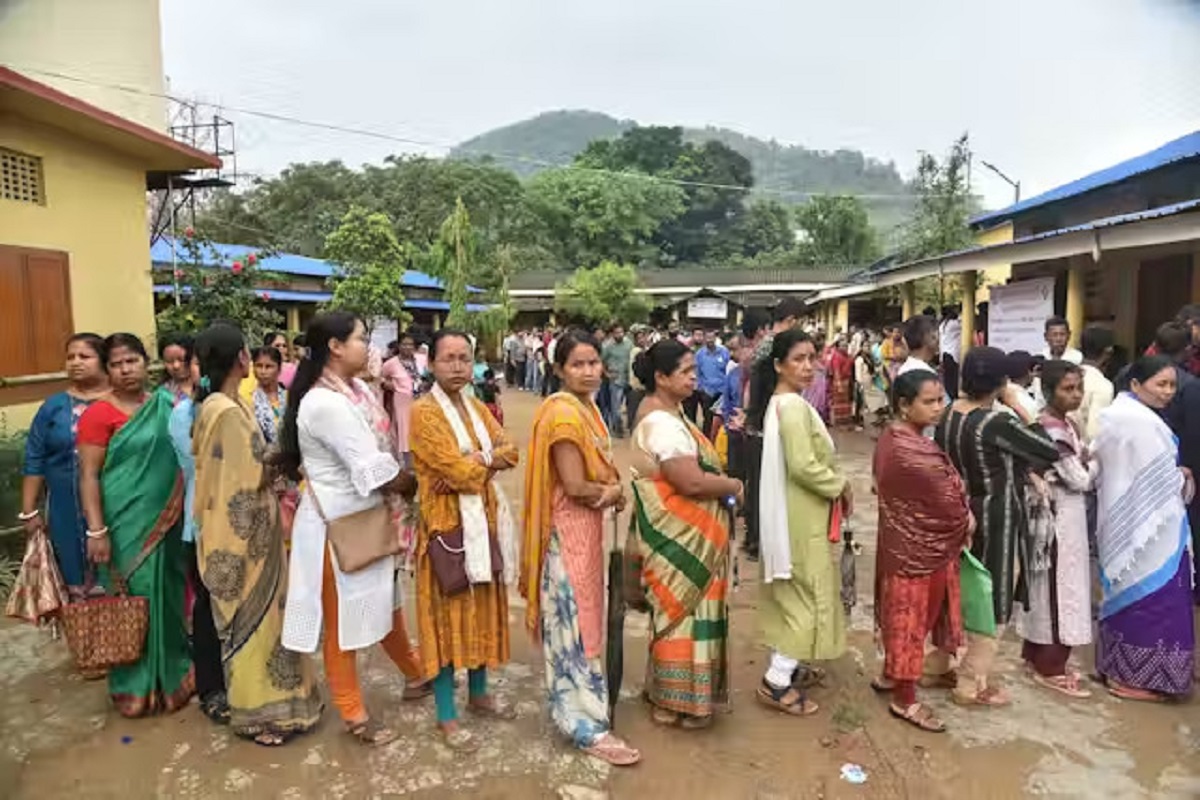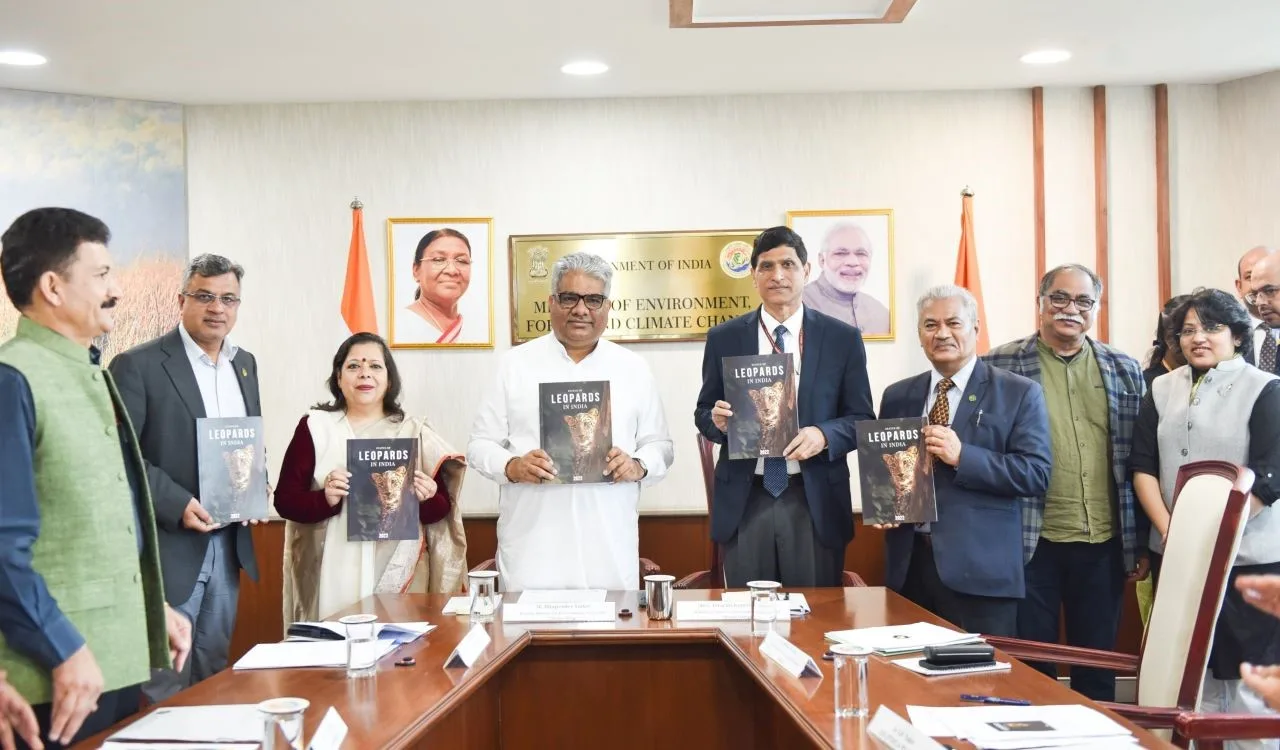The recent Indian election resulted in Prime Minister Narendra Modi being re-elected for a third consecutive term. Despite this victory, his party, the BJP, failed to secure a majority in the lower house of parliament. This election season was marked by severe heatwaves, which have already claimed at least 200 lives and are expected to become more frequent as global temperatures rise.
Climate Pledges vs. Election Focus
All major political parties made climate-related pledges. The BJP emphasized the importance of green industry and energy, aiming for 500GW of renewable energy by 2030. The opposition Congress party proposed renewable targets and the creation of an “Environment Protection and Climate Change Authority.” However, despite these promises, climate change did not dominate the election discourse.
A Shift in Priorities on the Horizon
As the election aftermath settles across the subcontinent and more heatwaves hit, discussions about the right to cooling solutions like fans, air conditioners, and ice will likely intensify. Communicating the urgent challenges posed by climate change to the Indian populace remains a critical issue that surpasses any single election.
The Dominance of the Brown Agenda
In India, the “brown agenda,” which addresses basic community needs such as food, clothing, and shelter, still takes precedence over the “green agenda.” Where environmental concerns overlap with the brown agenda, the focus tends to be on safe drinking water, sanitation, and transitioning from low-grade domestic fuels.
Pre-election surveys indicated that employment, inflation, and taxes were the main concerns for voters. Even among millennials, climate change ranked only as the fourth most important issue. Consequently, elections in India often focus on caste, religion, and identity over environmental issues.
Camouflaged Environmental Concerns
The transition of the Indian economy from subsistence growth to one of the fastest-growing in the world has led to some environmental issues being framed as social or welfare issues. For example, since about half of the population is engaged in farming, which receives subsidies for water, fertilizer, and price guarantees, there is a growing demand to protect key water bodies from industrial pollutants.
Identifying water sources for farming remains crucial. Political parties have addressed the immediate needs of their constituencies—such as access to water, sanitation, waste management, and environmental preservation—without explicitly labeling these as environmental agendas.
A Collective and Democratic Response
India is one of the countries most vulnerable to climate change, with an estimated 8% of GDP lost due to rising temperatures and climate-driven extreme weather. The burden on public health is also increasing.
To become “climate-smart” and prepared for even more extreme weather, India must recognize that ecological poverty is as critical as economic poverty. Ecological survival necessitates collective and democratic responses to both the brown and green agendas. This likely means further economic growth, as zero growth is not a viable option for the developing world.
Global Responsibility and Future Commitment
At the COP26 climate summit in Glasgow in 2021, Modi highlighted that India, with 17% of the world’s population, contributed only 5% to global emissions. Lifting millions out of poverty remains a colossal challenge. After his recent re-election, Modi reaffirmed his commitment to ushering in a “green era” characterized by a synthesis of development and environmental sustainability.
As India grapples with the dual challenges of economic and ecological poverty, the need for a comprehensive and democratic response to climate change becomes more pressing. While the recent election may not have prioritized climate issues, the increasing frequency and severity of heatwaves and other climate-related impacts will likely push environmental concerns to the forefront of national discourse in the near future.



